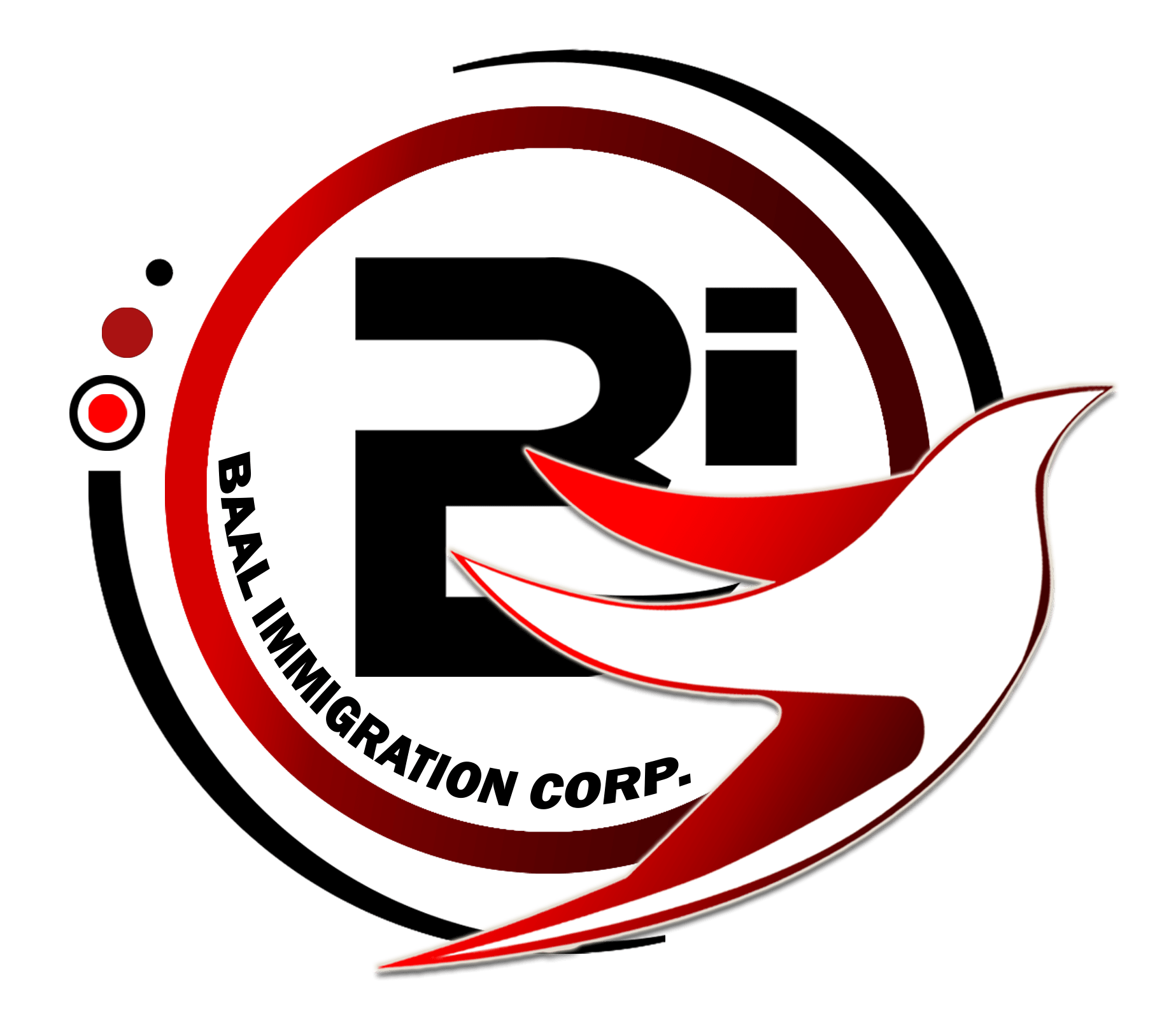Guide to Applying for a U.S. Family Visa
If you are living in the United States as an immigrant and wish to bring your family members to join you, a family-based visa is one of the primary pathways. This guide covers the main types of U.S. family visas, eligibility requirements, application steps, and key tips for success.
1. Types of U.S. Family Visas
a) Immediate Relative Visas
-
Designed for close family members such as spouses, unmarried children under 21, and parents of U.S. citizens.
-
These visas are typically processed faster than other categories.
b) Family Preference Visas
-
Issued for relatives such as siblings, married children, or adult children (21+).
-
Processing times are usually longer.
c) K Visas (Fiancé(e) and Marriage Applicants)
-
For individuals planning to enter the U.S. as the fiancé(e) or spouse of a U.S. citizen.
2. Eligibility Requirements
-
Family Relationship: You must provide evidence of your close family relationship with the applicant.
-
Legal Status in the U.S.: The sponsor must be a U.S. citizen or lawful permanent resident (green card holder).
-
Financial Ability: Sponsors must prove they can support their family members financially in the U.S.
3. Required Documents
-
Completed visa petition form (Form I-130).
-
Proof of relationship (marriage certificate, birth certificate, etc.).
-
Financial evidence of the sponsor’s ability to support the family.
-
Proof of lawful status in the U.S. (if applicable).
-
Medical examination records and required lab tests.
4. Application Process
Step 1 – File Form I-130
Submit Form I-130 (Petition for Alien Relative) to U.S. Citizenship and Immigration Services (USCIS).
Step 2 – USCIS Approval
Once USCIS reviews and approves your petition, the case is forwarded for further processing.
Step 3 – Consular Processing
The approved petition is sent to the U.S. Embassy or Consulate in the applicant’s country, where visa application forms and supporting documents are submitted.
Step 4 – Interview and Visa Issuance
The applicant attends an interview. If approved, the family visa is issued, allowing entry to the U.S.
5. Benefits of a U.S. Family Visa
-
Family Reunification: Enables families to live together in the U.S.
-
Access to Services: Family members gain access to healthcare, education, and other social services.
-
Path to Permanent Residency: In many cases, family visa holders may later apply for a green card.
6. Key Tips for a Successful Application
-
Accurate Documentation: Submit clear, complete, and accurate documents to avoid delays.
-
Understand Processing Times: Family visas can take time. Submitting documents promptly helps speed up the process.
-
Seek Legal Guidance if Needed: Immigration attorneys can provide valuable support and help you avoid legal issues.
Conclusion
The U.S. family visa is an effective way to reunite with your loved ones and build a life together in one of the world’s most desirable destinations. By carefully following the application process and submitting complete documentation, you can significantly improve your chances of approval.
For more information on U.S. immigration and family visas, visit Baal for Canada’s website or join our official Telegram group.

No comment